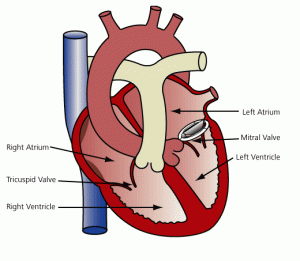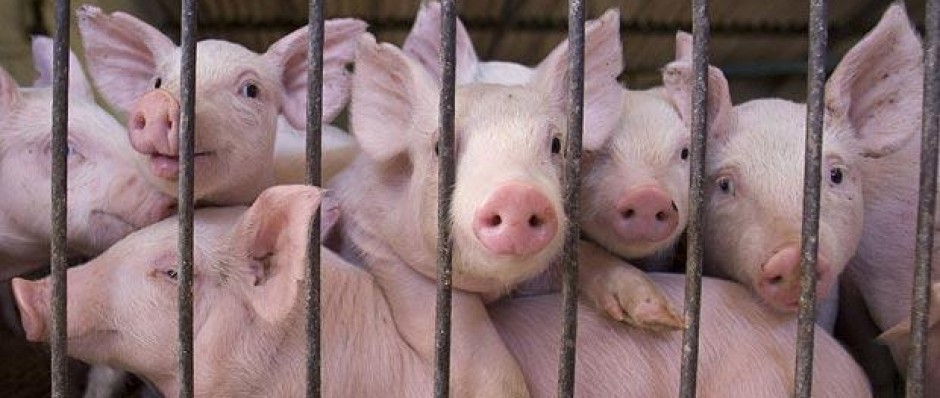
This image shows the use of a valve made of porcine tissue to replace the human mitral valve.
http://cbc.simula.no/pub/bfs/mitral.html
In medicine today, animal cells and tissues are already helping to address health problems such as diabetes, Parkinson’s disease and various other neurological disorders (Nuffield Report, 1996; Samstein and Platt, 2001; Einsiedel and Ross, 2002). Pig heart valves are are used as replacements in human hearts, however Health Canada (2010) does not classify this usage xenotransplantation because the tissue has been chemically treated and is no longer functional living tissue.
In terms of what donor animal to use, only a few options were ever in serious consideration. Perhaps the most logical choice would be non-human primates. Being more closely related to humans than any other species, primate tissues are least likely to be rejected by the immune system. However, precisely because they are so closely related to humans, they are also the most likely to harbour pathogens that could be potentially harmful to us (Daar and Phil, 1997).
Moreover, due to their biological closeness to humans, how should we consider their rights? One could make the argument that some primate species possess more rationality than certain humans (such as children and those who are mentally impaired). Should they be given the same right to consent that human donors have? One last point against primates would be their conservation status. As all great apes are listed as at least endangered by the IUCN (2013), their use in any scientific manner is highly controversial.
Because of the numerous health and ethical issues with using primates as donors, the primary focus for xenotransplantation has been on pigs.
Pigs share many anatomical and physiological similarities with humans, and importantly have similar sized organs (Klymiuk et al., 2010). However the two species are different enough that over the course of our long history with pigs there have not been many serious infections acquired, one notable exception being swine flu (Daar and Phil, 1997). Pigs are also much less expensive to acquire and rear than primates, they have a relatively large litter size, and carry a lower risk of zoonotic infection (Hansen et al., 2004; Health Canada, 2010).
Now that a suitable donor animal has been identified, is xenotransplantation a medically viable procedure? The biggest problem facing xenotransplantation is the same one we have with human to human transplants – rejection (Einsiedel and Ross, 2002; Klymiuk et al., 2010). The second largest issue is the risk of zoonosis – the transfer of disease between species (Einsiedel and Ross, 2002).
HIV, ebola, west-nile, H1N1; each of these viruses have had significant impacts on humans and have come from non-human animal sources. These diseases have made society very wary of animal born pathogens. In regards to xenotransplantation, currently the biggest concern is porcine endogenous retrovirus (PERV) (Klymiuk et al., 2010).
